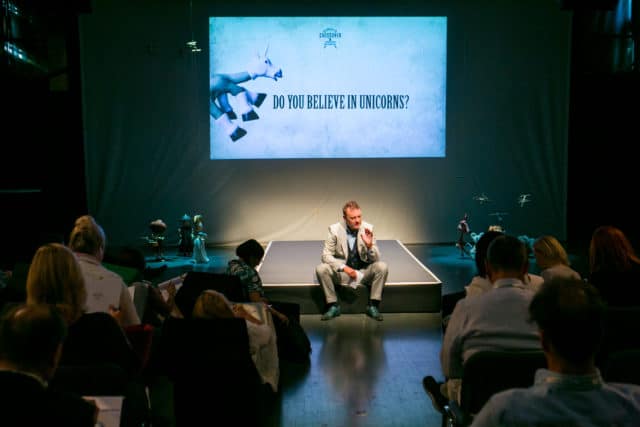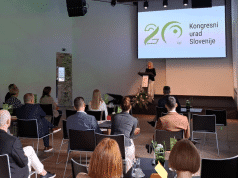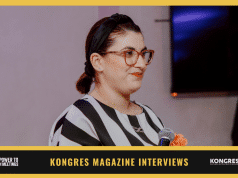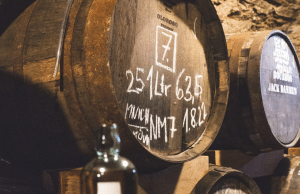Recently, I moderated the Conventa Crossover Conference again, in Ljubljana. Thanks to the organisers ánd the participants it was a memorable event, once more. Let me share some work formats and meeting design solutions that we used to engage and energise.

But first of all, let me thank the photographer (Matjaz Tavcar) for taking the ultimate moderator picture! This shows – in my view – exactly what a moderator should look like. Please notice a few thing about this picture (above):
1. The speaker is in focus, the moderator isn’t. And that’s how it should be, because the speaker is the hero and the moderator is just there to assist. By the way: the speaker is Patrick Roubroeks (Xsaga) … and what a great performance that was!
2. The moderator is listening to the speaker, but observing the audience! That’s where his main focus should be, since it is all about them and since the speaker is only there to serve te delegates.
Right, back to the formats. We did a few things differently:
Opening
Unlike most openings, this one wasn’t ‘big and loud’, but intimate and personal. As a moderator, I sat down at the edge of the stage and I slowed down, allowing all time to reflect on my questions.
It created a casual atmosphere, invited participants to determine their personal learnings and helped them open up and share. With that in mind, participants went into workshops right away.

Keynote campfires
After the workshops, there were two keynote speakers. The first one didn’t present as such, but engaged with the audience to co-create. Partcipants were asked to come up with wild ideas for events, Patrick Roubroeks commented on them and by doing so, delegates learned from the creative mind of this events-hero.
Furthermore, there was no Q&A right after the keynotes. Instead, after two keynotes, both were assigned a personal space in the room. The participants were allowed to make up their own mind: go and talk to a speaker in a smaller setting or check email, network etc.
These campfire settings made sure that the speakers would only talk to those truely interested and be able to give those people their full attention. Please compare that to the ‘normal’ situation, where 100 people have to wait for only 10 coming up with questions. And again, this contributed to the special Conventa Crossover intimate atmosphere.

Panel
Another format we tried, was the ‘panel on demand’. This is what we did:
First, participants were asked to help change the seating of the room. Instead of putting 3 people on stage, the seats were placed in a square, leaving room in the middle for the panel to sit. Then the participants where told that they had a choice of 4 topics (within the overall theme of the panel). Each topic was assigned to one quadrant of the room. Everyone had to pick his favorite topic and sit in the corresponding quadrant. This lead to a room, where in one quadrant was 40% of all delegates and in another just 6 people.
The panel then turned to the quadrant with most people in it, giving most time to this topic. After three turns, the least popular topic was given 2 sentences per panellist. Overall it was fun: people were fresh, because they physically moved around; they were engaged, because the panel met their demands and not the other way around.

Awards
There were also the Conventa Crossover Awards. Traditionally, this kills the dynamics of every conference: there were 16 finalists, who all had to be given the opprtunity to pitch. The initial, but rather traditional idea was to allow them all 10 minutes. This would have lead to 2 (!) hours of pitching, which wouldn’t have been fair to anyone.
At the same time, we didn’t want the pitches to be too short and we wanted the participants not only to vote, but also to learn from the projects. So this is what we did:
First, all finalists were allowed to show a video of 90 seconds and present a pitch of 30 seconds. So only 2 minutes in total. Then, all finalists were given a desk. In four rounds of 15 minutes each, participants were given the opportunity to visit a maximum of 4 projects, to ask questions and get more information.
Once again, this allowed participants to only invest time in projects they were genuinly interested in. And the finalists only had to present to those who really wanted to listen. In the end, some of the finalists talked to many participants and some only talked to a very small group. Is this fair? Wel, maybe not. But hey … this was a competition!

Anarchy Session
One final format I’d like to share, is the Anarchy Session. In an open space format, participants were allowed to make up their own mind. We asked them to think about the future of the industry and what the most important challenges are. Every individual that wanted to discuss a challenge could claim one of the ‘conversation corners’. Everyone who felt like joining a conversation was free to do so.
It turned into a dynamic session, with people exchanging ideas, networking and sharing.
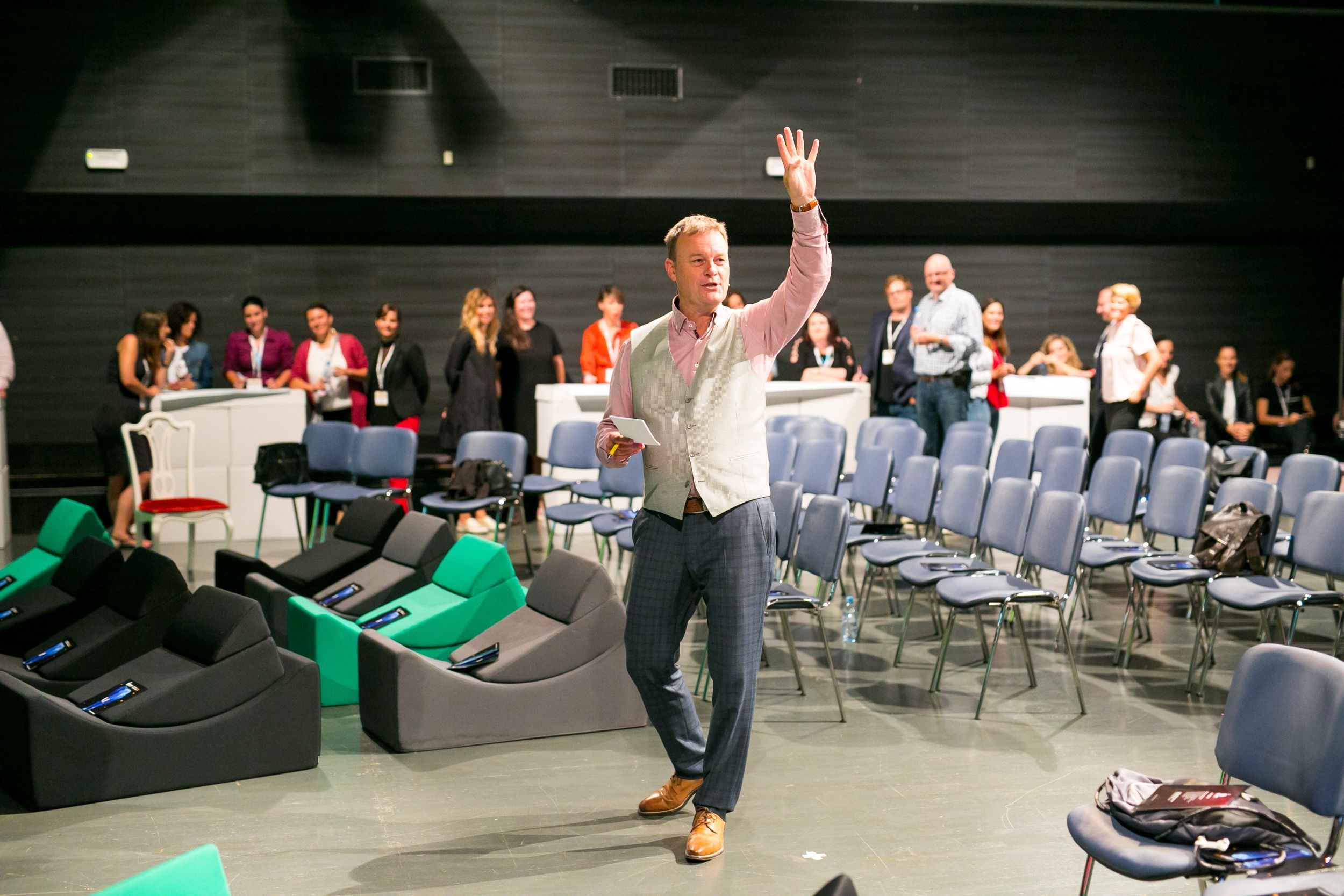
Shit happens
One of the keynotes told us, that shit will happen … and so it did: they final keynote didn’t show up. With good reasons, but still: here was a challenge.
Ending early was not an option, due to planning of the catering ánd the scheduled award show. So, what to do?
The good thing was, that we did have his powerpoint presentation; and the participants by this time were friendly enough with each other, to play around a bit. And so we decided to turn it into a joint ‘powerpoint karaoke’: with each new slide I threw my catchbox at someone in the audience. He or she then had to improvise his/her way through that slide. We had fun ánd learned something along the way.
I hope to return to Conventa Crossover next year. This event is truely unique, thanks to the willingness to share and experiment!


